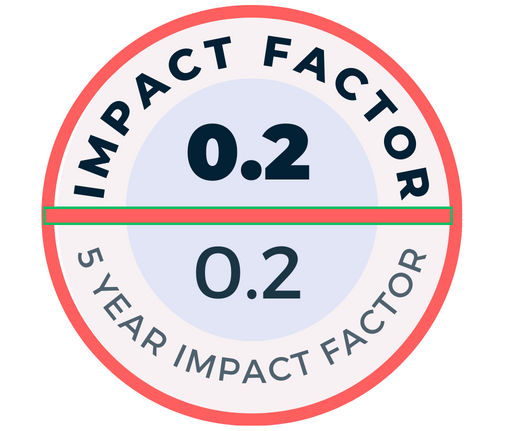Although identified as the organ that produces urine by Galen in the second century, the kidney was considered a parenchymatous “structureless mass of veins” until the seventeenth century. After this, the pyramidal tubules were described by Fellini, and the glomeruli by Malpighi. The discovery of this “admirable structure of the kidney” then led to the introduction of the term “nephrology” in its Latin as “nephrologia” in 1672. It would be another 2 centuries before the capsule connecting the glomeruli to the tubules would be identified by Bowman and glomerular filtration described by Ludwig in 1842. The concurrent linking of albuminuria and dropsy with diseased kidneys by Richard Bright in 1827 provided the clinical catalyst for the expanding basic studies of the kidney that ensued. Ultrastructural studies of kidney form and function led to the introduction of the term “nephron” in 1924. As studies of the kidney in health and disease accrued, the need for specialists (nephrologists) in its study was formulated in the 1930s. All of these culminated in the First Congress of Nephrology organized by Jean Hamburger in France and the foundation of the International Society of Nephrology in 1960. And at the cost of being redundant, “the rest is history.”
Cite this article as: Eknoyan G. “Nephrology”: An inquiry of how it all began and evolved into a discipline. Turk J Nephrol. 2023;32(1):4-7.

.png)




.png)